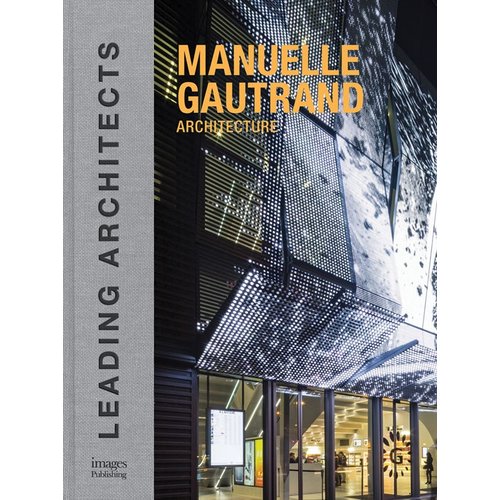New York, New York
For cleaving meat and processing food products, the cavernous loft buildings of Manhattan’s Meatpacking District were made to order. Converted to 21st-century office uses, however, these industrial structures’ bones aren’t perfect. In designing a headquarters for the glasses maker Robert Marc, New York–based architect Michael Haverland, AIA confronted these limitations with eyes wide open.
Robert Marc designs and manufactures eyewear for several fashion companies, and in 1999 the company launched an eponymous brand that is now supported by eight boutiques in New York, one in Boston, and a nationwide network of retailers. Originally office headquarters were located uptown, on Madison Avenue, and that space had expanded only by ragtag accumulation. “It had grown by taking over parts of different floors, and nothing was contiguous,” Haverland recalls.
Seeking a more comprehensible space and a hipper address, Marc then found 5,800 square feet in the Meatpacking District. The interior was illuminated by daylight from only two exposures; “much of the program is warehouse and those activities aren’t supposed to be naturally lit,” Haverland explains. Even so, the conditions promised to be too dark for the administrative and executive offices that Marc had planned to include there, too. “Basically it was a big square.”
Robert Marc spectacles feature a unique hinge that connects the lens frame to the temple arm. More than a metal pin, this oversize, buckle-like element is a signature decoration as well as a strengthener. Inspired by this hardware and eyewear technology in general, Haverland devised an equally multivalent solution for the office. An S-shaped translucent wall cordons off the back-of-house and administrative functions without blocking precious daylight.
The partition comprises 12 Plexiglas panels each measuring a standard 4x8 feet. The series forms a kind of sandwich: a visible system of cables holds them together in compression and tension, and bends the panels into the slightly convex and concave shapes that reference optical lenses. “I was always interested in relating interior to the product, and the idea of the giant lens evokes the product while both reflecting and refracting daylight further into the space,” Haverland says. He adds, “I prefer not to derive form or images from technology; here we created a programmatic and aesthetic idea that technology supported.” Moreover, the cable system can be adjusted manually, which allows the architecture to become animated with just a few cranks. (To enhance daylighting conditions, stainless-steel-and-glass volumes are deployed for perimeter private offices.)
The sinuous centerpiece faces a crescent-shaped wall shielding a conference room. Contrasting with the Plexiglas, this second freestanding element is made of dense fiberboard, curved to the material’s maximum tolerance without cracking and polished to a rich caramel. And just as the Plexiglas divider is dynamic, so is this component: Lightly tug one of the almost imperceptible chrome knobs that dot its surface and out pops a laser-cut Murphy table. The dimensions of these shelves perfectly accommodate the display cases in which traveling salespeople transport samples. These salespeople—who, like store managers, don’t spend enough time on site to warrant a space-hogging cubicle—may also use the pulldown surface as a temporary workstation.
Besides serving as multitaskers, Robert Marc’s two identifying elements bookend a curvilinear path that articulates an arrival zone. They also establish a public space that may be used for cocktail parties or other events or, in less festive moments, an invitation to discover multiple interior zones in what was once a dumb, square warehouse. Better still, these interventions can inject some smarts into the company’s inevitable next, larger space: Walls can be dissembled and carted away almost as easily as slipping a pair of glasses into a case.



Post a comment to this article
Report Abusive Comment